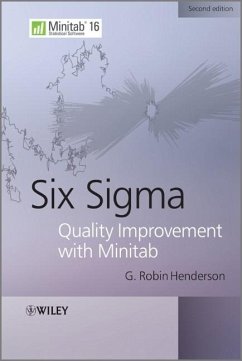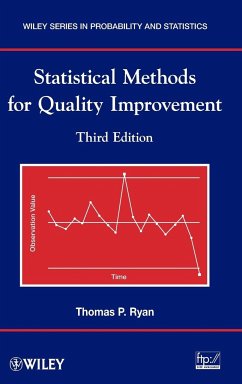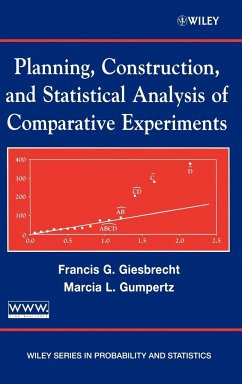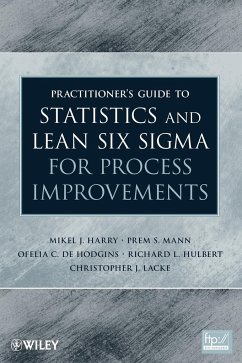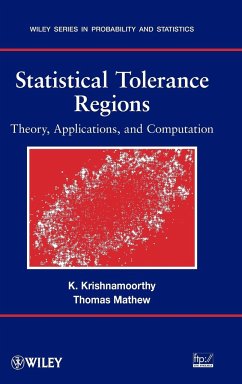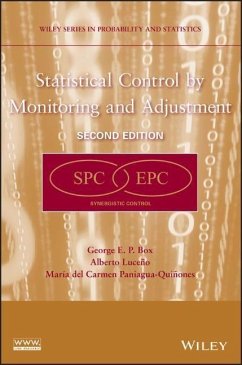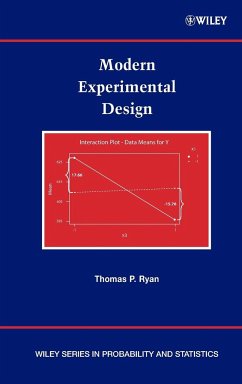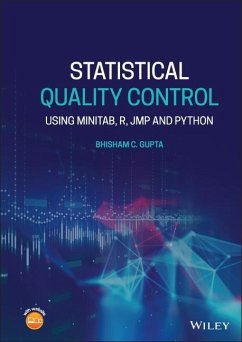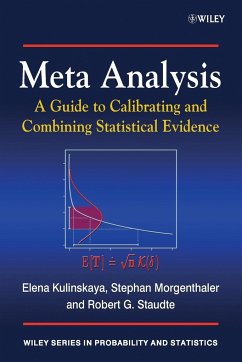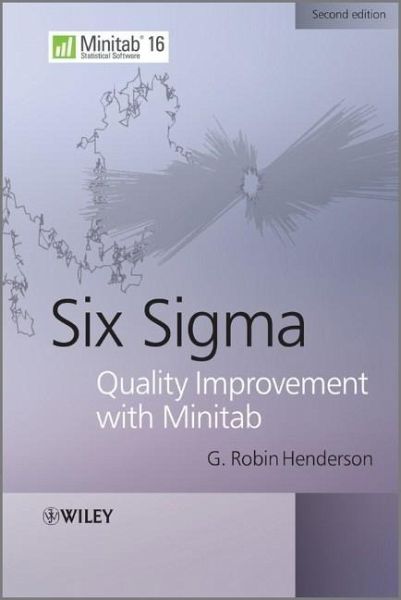
Six Sigma Quality Improvement with Minitab
Versandkostenfrei!
Versandfertig in über 4 Wochen
69,99 €
inkl. MwSt.
Weitere Ausgaben:

PAYBACK Punkte
35 °P sammeln!
A practical resource, this second edition of the book offers a clear understanding of and the implementation of statistical methods fundamental to the Six Sigma approach to the continuous improvement of products, processes and services. It demonstrates key statistical methods in the application of the Six Sigma methodology and their implementation via the widely used statistical software package Minitab. The book includes: Pareto charts and on Cause-and Effect diagrams; Time-weighted control charts - moving, average, CUSUM and EWMA; Multivariate control charts - an introduction; Acceptance sampling by attributes and variables; Tests of association using the chi-square distribution; Logistic regression; and Taguchi experimental designs.
This book aims to enable readers to understand and implement, via the widely used statistical software package Minitab (Release 16), statistical methods fundamental to the Six Sigma approach to the continuous improvement of products, processes and services.
The second edition includes the following new material:
Pareto charts and Cause-and-Effect diagrams
Time-weighted control charts cumulative sum (CUSUM) and exponentially weighted moving average (EWMA)
Multivariate control charts
Acceptance sampling by attributes and variables (not provided in Release 14)
Tests of association using the chi-square distribution
Logistic regression
Taguchi experimental designs
The second edition includes the following new material:
Pareto charts and Cause-and-Effect diagrams
Time-weighted control charts cumulative sum (CUSUM) and exponentially weighted moving average (EWMA)
Multivariate control charts
Acceptance sampling by attributes and variables (not provided in Release 14)
Tests of association using the chi-square distribution
Logistic regression
Taguchi experimental designs




